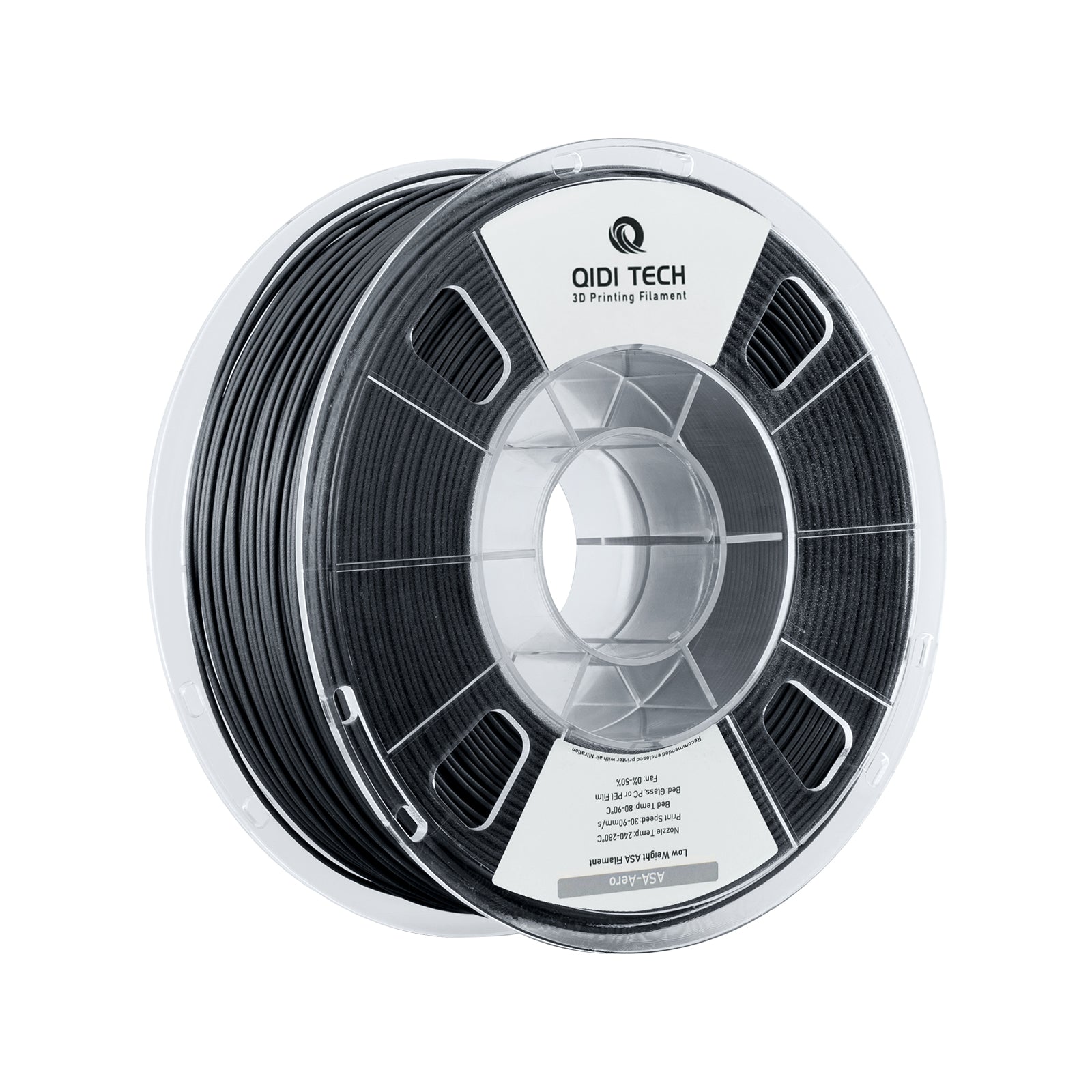Welcome to The Ultimate Guide to Using ASA Filament in Low Warping Environments. In this comprehensive article, we will delve into the intricacies of ASA filament, its benefits, and how to optimize its use to minimize warping. Whether you are a seasoned 3D printing enthusiast or a beginner, this guide will provide valuable insights to enhance your printing experience.

Understanding ASA Filament
ASA (Acrylonitrile Styrene Acrylate) filament is a popular choice in the 3D printing community due to its exceptional weather resistance, UV stability, and mechanical properties. Unlike other filaments, ASA is designed to withstand harsh environmental conditions, making it ideal for outdoor applications. However, one of the challenges with ASA filament is its tendency to warp during the printing process.
Why Warping Occurs
Warping is a common issue in 3D printing, where the edges of the printed object lift and deform. This phenomenon occurs due to uneven cooling of the filament, causing internal stresses that lead to warping. ASA filament, with its high glass transition temperature, is particularly prone to this issue. However, with the right techniques and environment, warping can be significantly reduced.
Creating a Low Warping Environment
To achieve a low warping environment for ASA filament, consider the following strategies:
- Enclosed Printing Chamber: Using an enclosed printing chamber helps maintain a consistent temperature, reducing the chances of warping. The enclosure minimizes drafts and temperature fluctuations, providing a stable environment for the filament.
- Heated Bed: A heated bed is crucial for printing with ASA filament. Set the bed temperature between 90-110°C to ensure proper adhesion and minimize warping. Additionally, using a PEI sheet or a glass bed with a suitable adhesive can enhance bed adhesion.
- Proper Cooling: While ASA filament requires cooling, excessive cooling can lead to warping. Use a part cooling fan at a low setting (around 20-30%) to balance cooling and adhesion.
- Print Settings: Optimize your print settings by adjusting the layer height, print speed, and extrusion temperature. A layer height of 0.2mm and a print speed of 30-50mm/s are recommended for ASA filament. Set the extrusion temperature between 240-260°C for optimal results.
Additional Tips for Success
Here are some additional tips to ensure successful printing with ASA filament:
- Use Brims or Rafts: Adding a brim or raft to your print can improve bed adhesion and reduce warping. These structures provide a larger surface area for the print to adhere to, minimizing the chances of warping.
- Dry Filament: ASA filament is hygroscopic, meaning it absorbs moisture from the air. Ensure your filament is dry before printing by storing it in a sealed container with desiccant or using a filament dryer.
- Calibrate Your Printer: Regularly calibrate your printer to ensure accurate bed leveling and extrusion. Proper calibration is essential for achieving consistent and high-quality prints.
Conclusion
In conclusion, The Ultimate Guide to Using ASA Filament in Low Warping Environments provides a detailed overview of the techniques and strategies to minimize warping when printing with ASA filament. By understanding the properties of ASA filament and creating an optimal printing environment, you can achieve high-quality prints with minimal warping. Remember to experiment with different settings and techniques to find what works best for your specific printer and filament.
We hope this guide has been informative and helpful. Happy printing!








